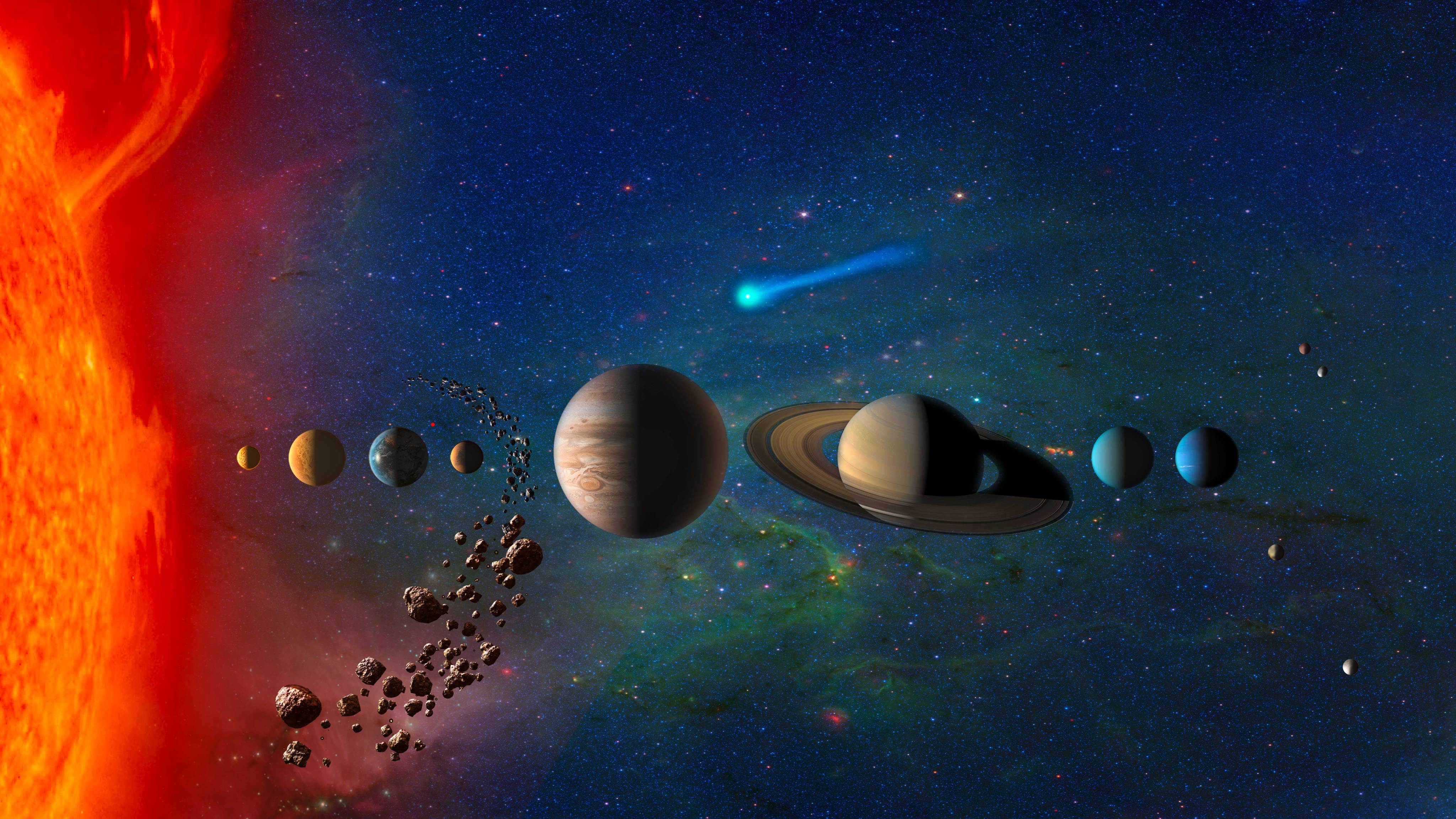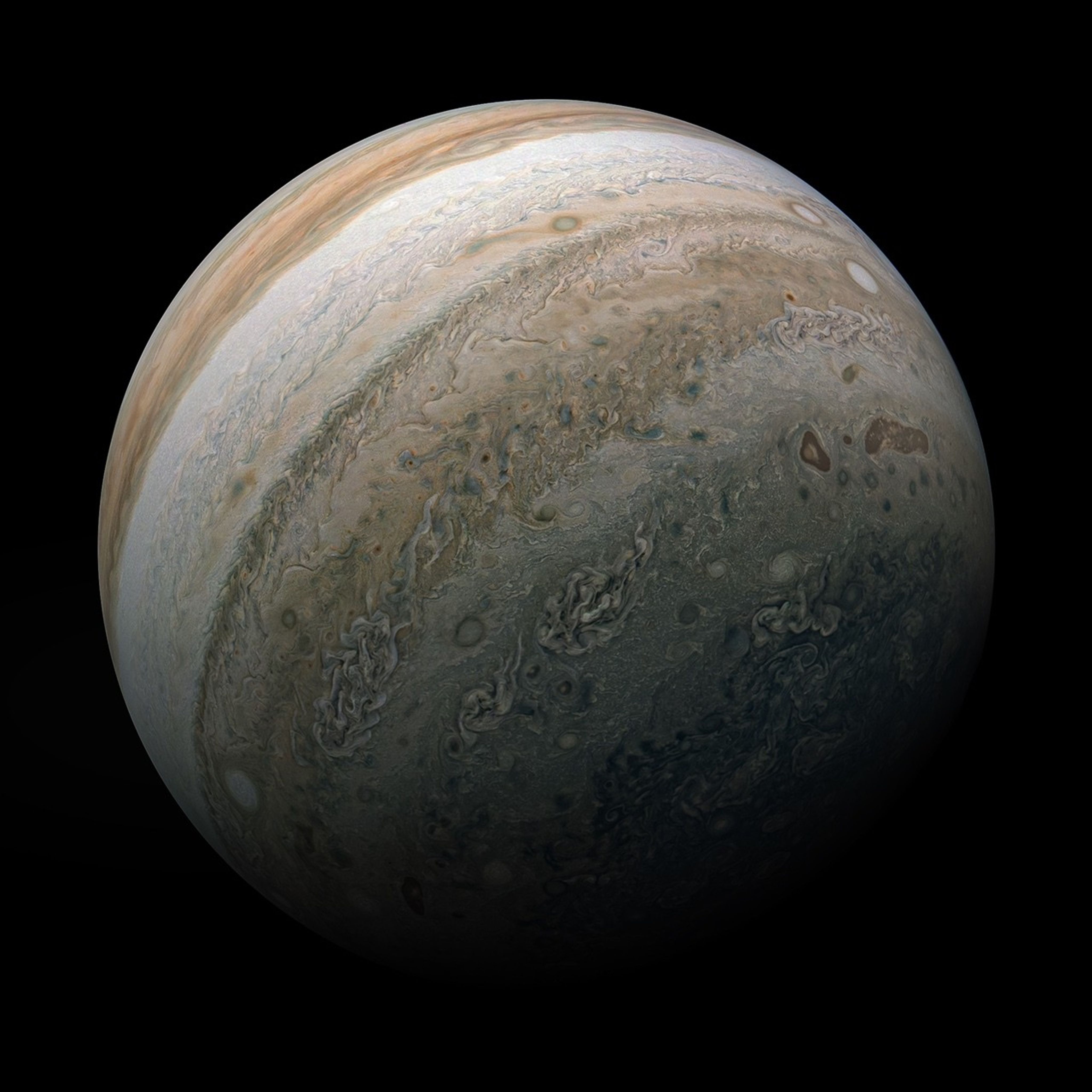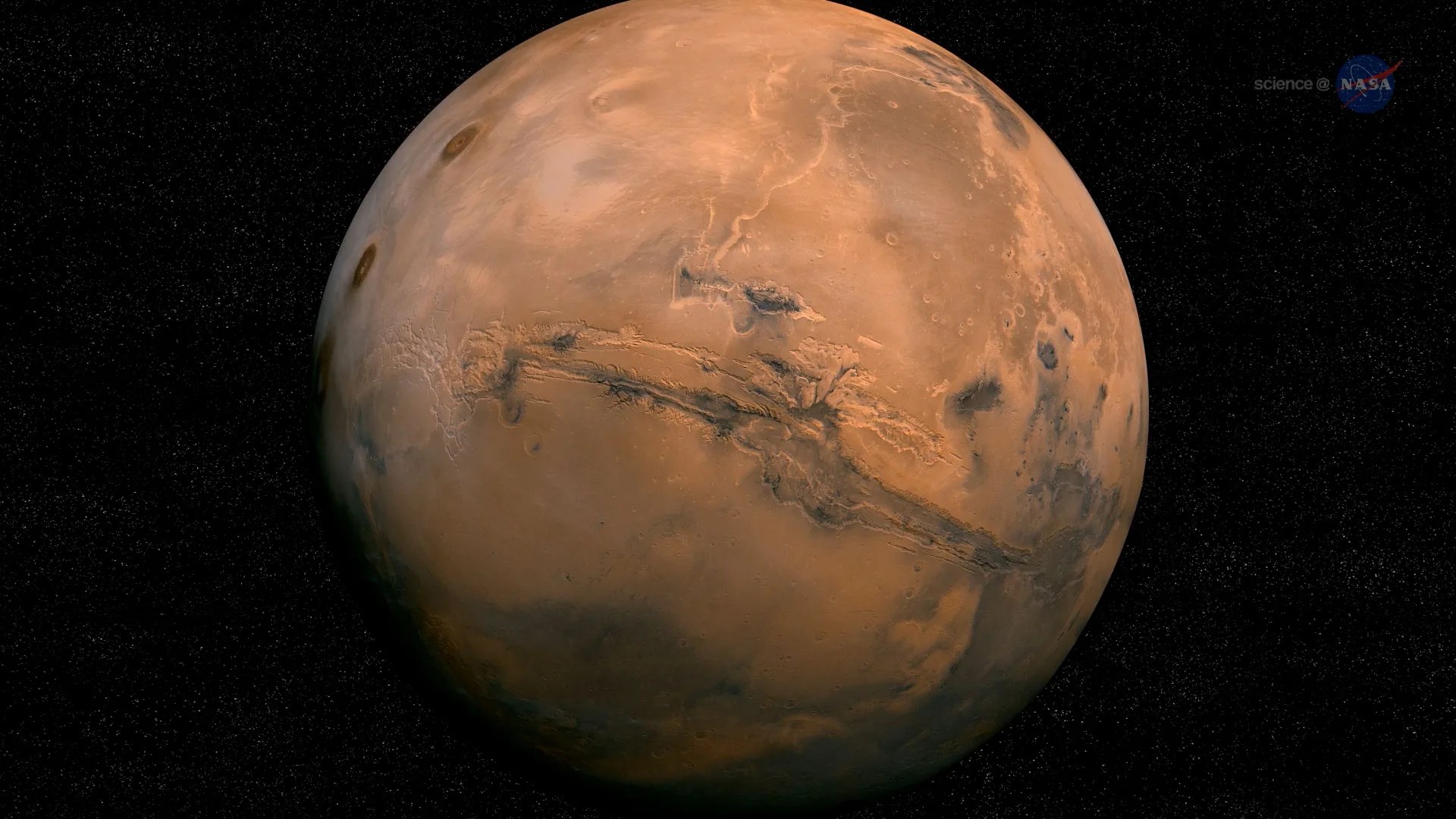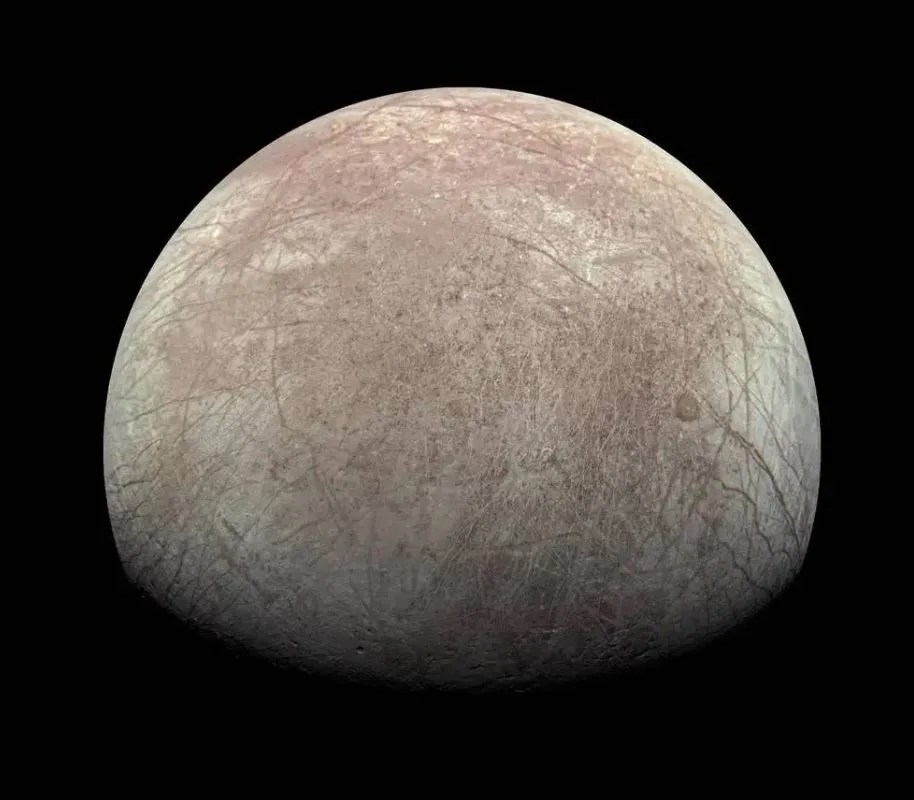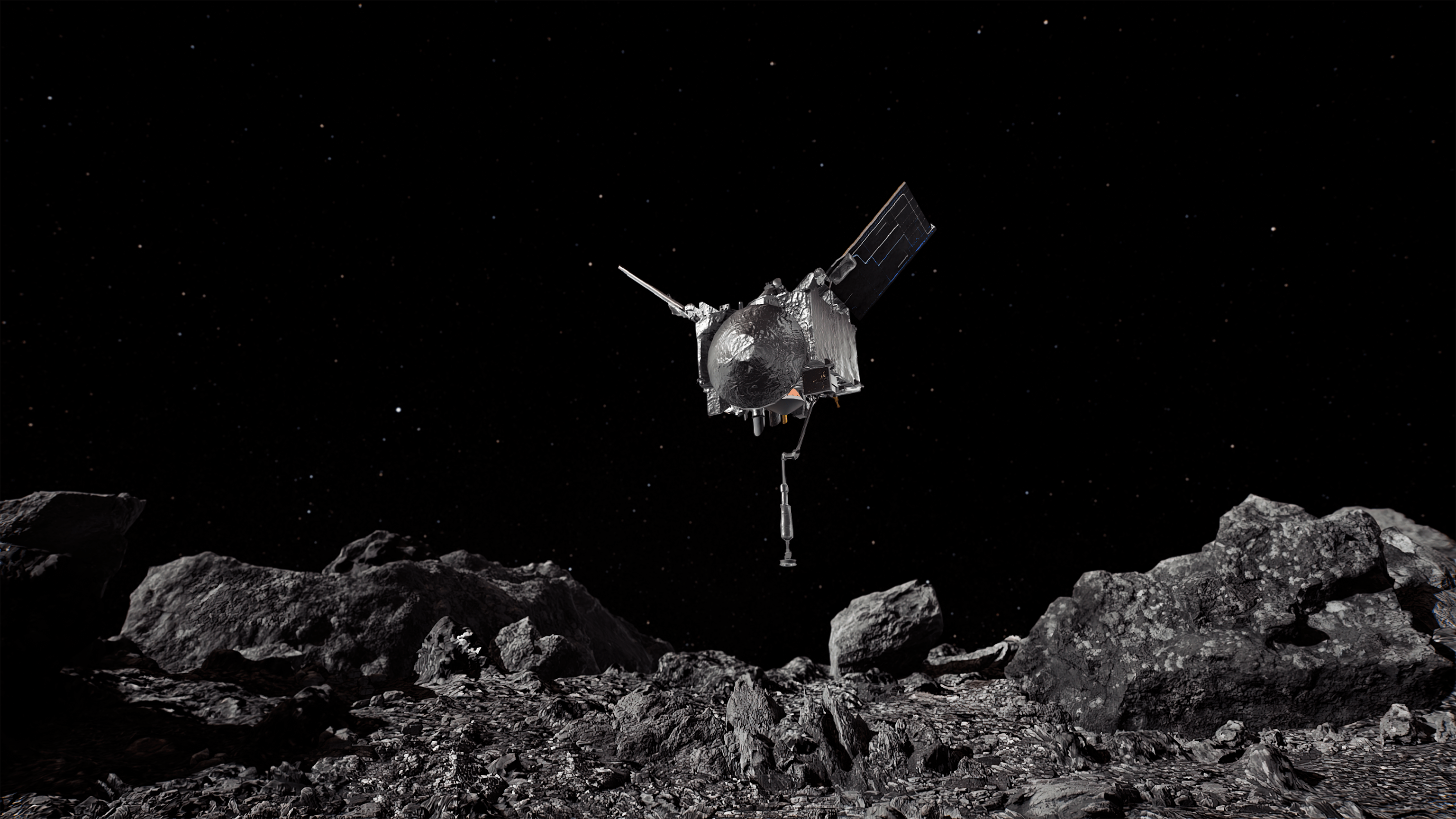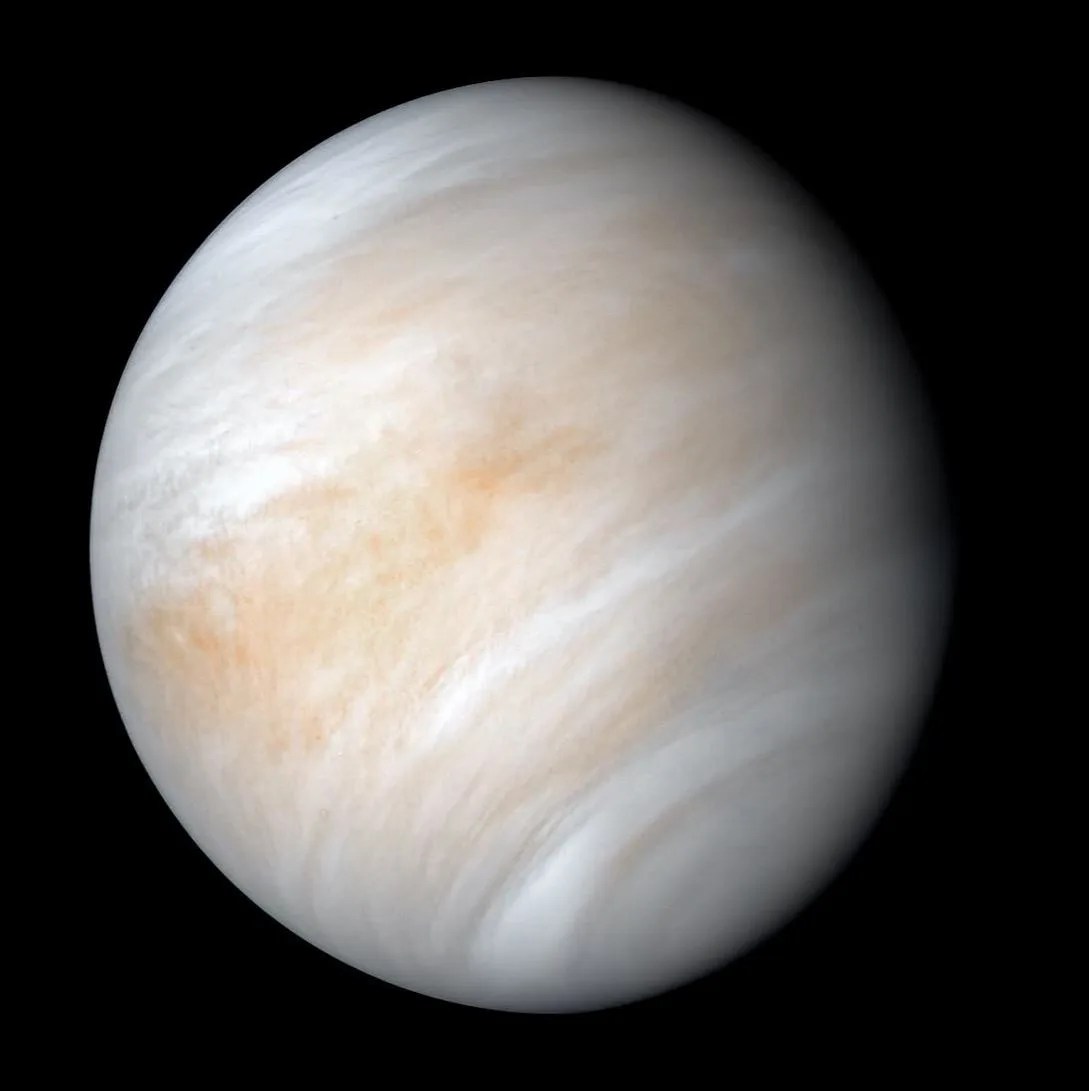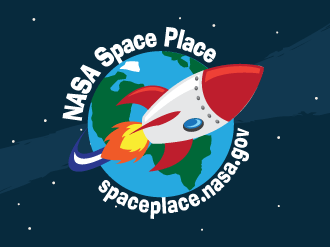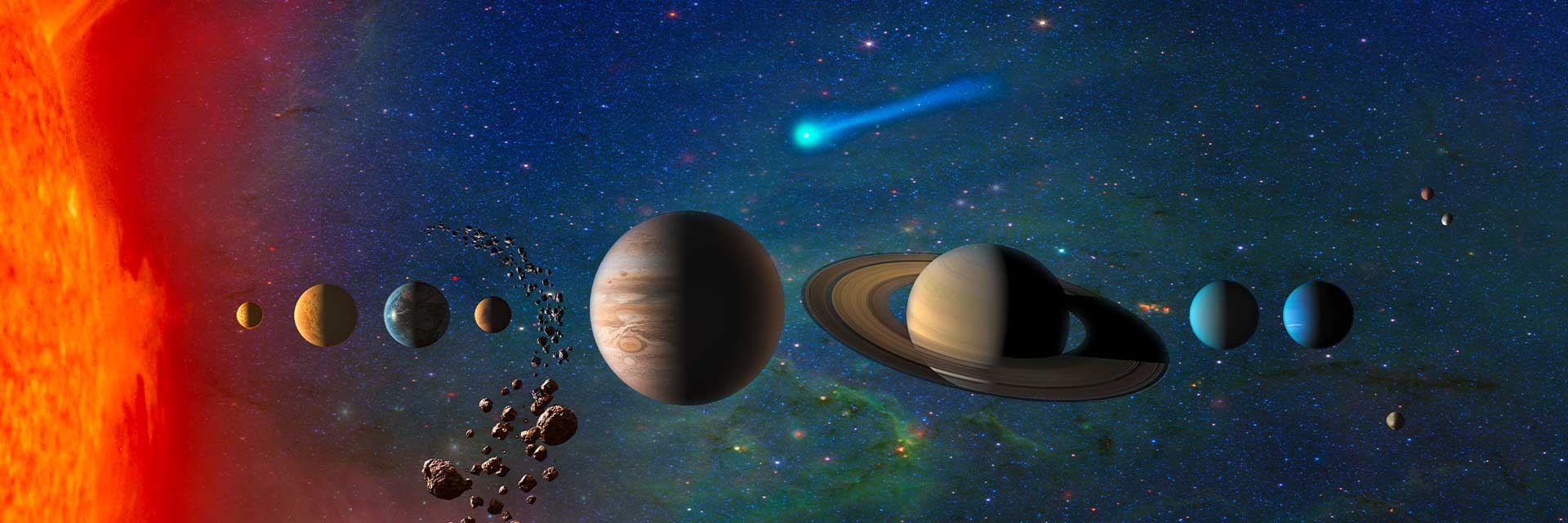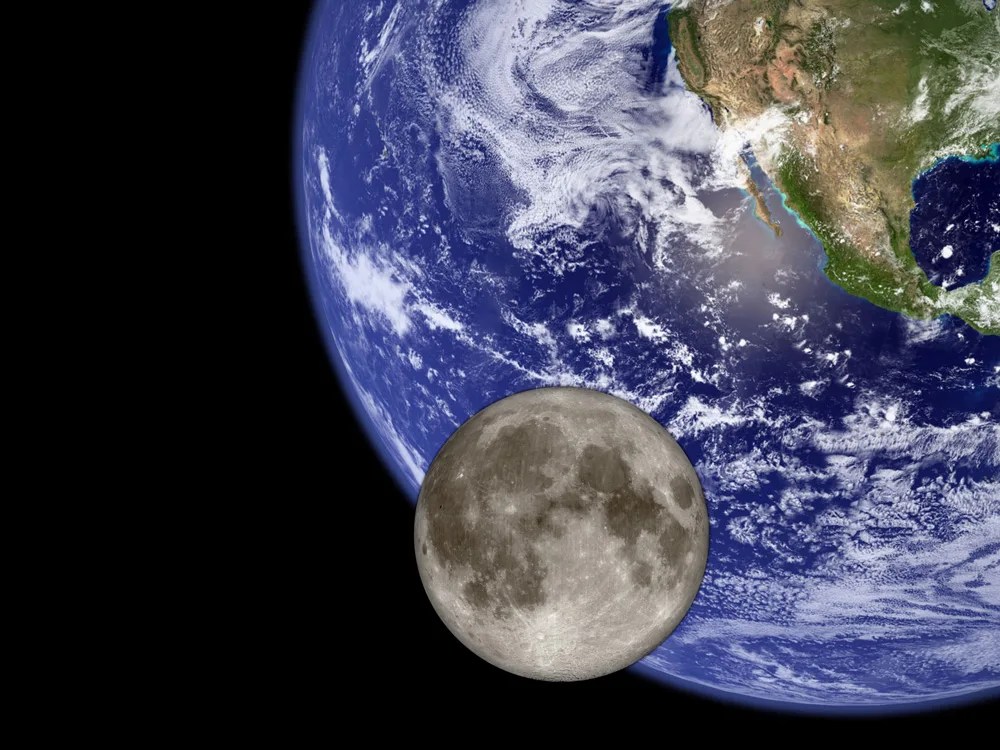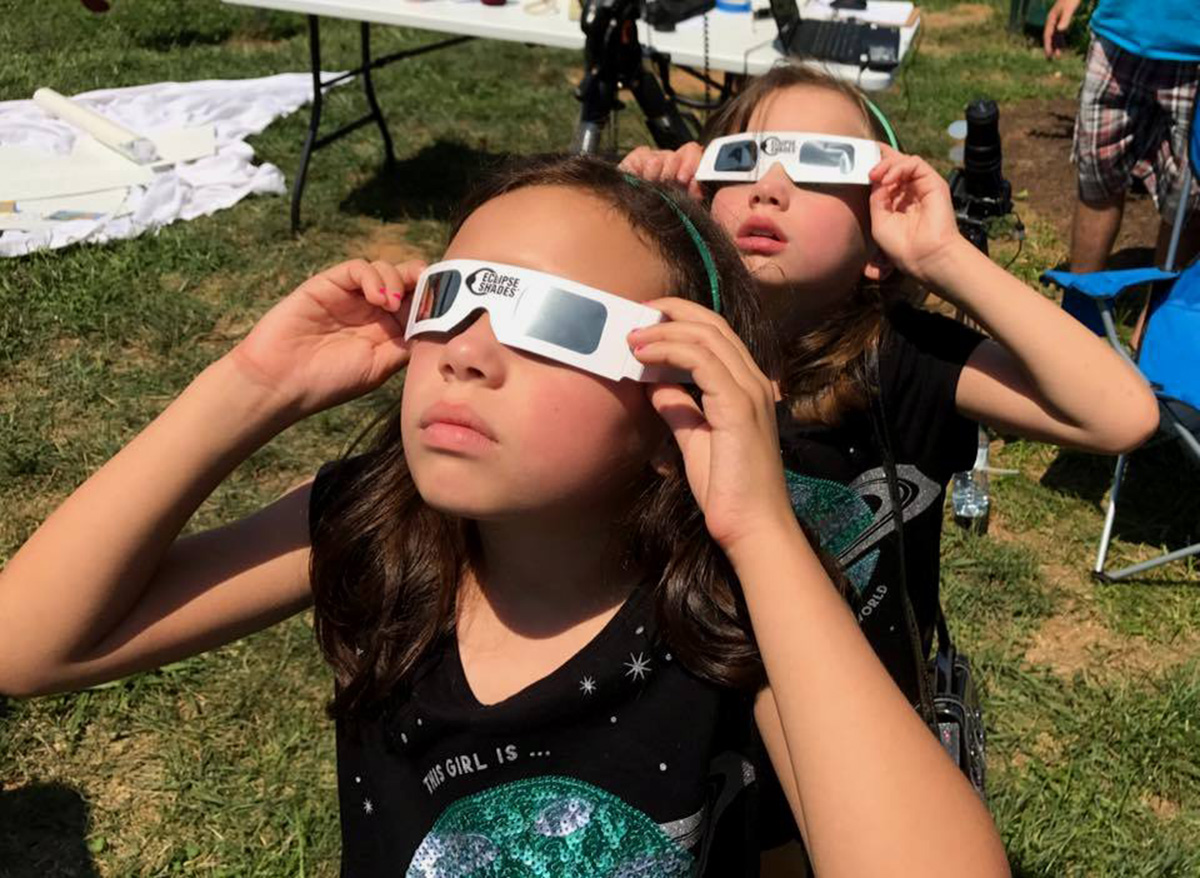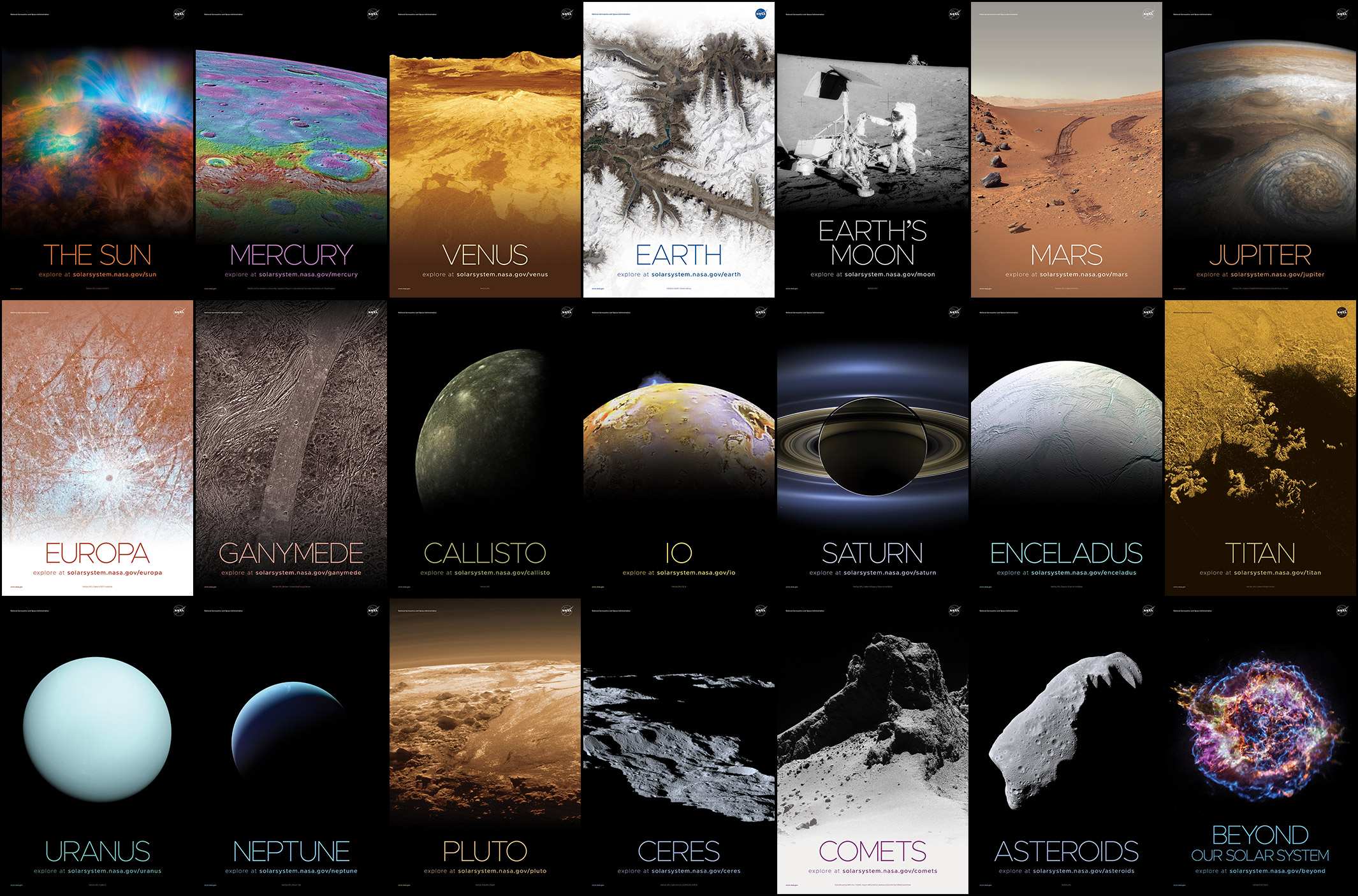
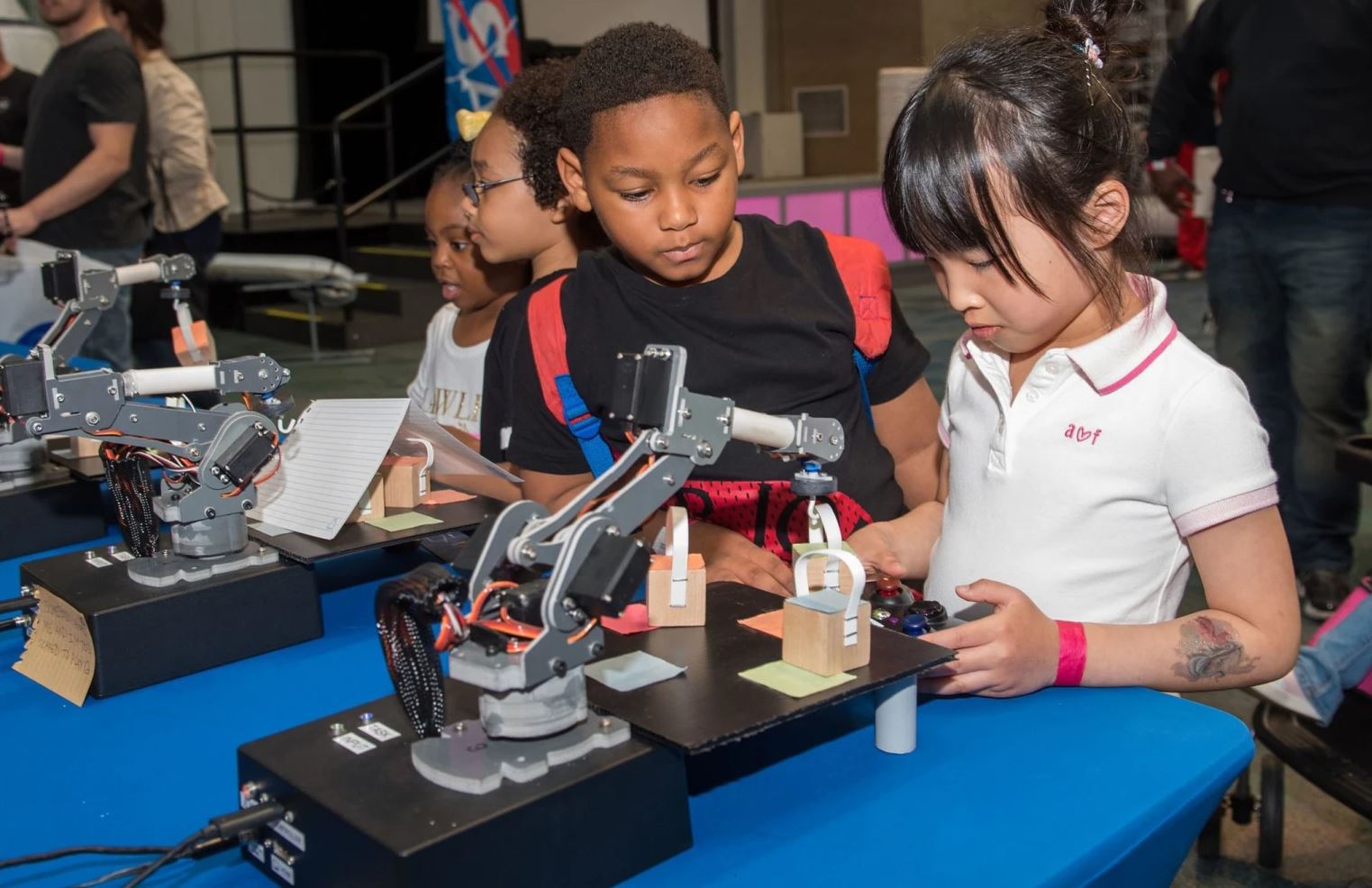

Planetary Science Resources
For Researchers
Pages tailored for planetary science researchers.

Resources for Researchers
A variety of planetary science resources and references of use to both new PIs and those who have been through the process before.

Research Facilities
A collection of planetary science enabling facilities, and additional facilities supported by Research and Analysis and other programs in PSD.


Science Mission Directorate
Information for researchers who use NASA science data and plan to propose or have submitted a proposal to an SMD research solicitation.
Internships and Undergrad Opportunities
Internships, NASA programs and other opportunities for undergraduate students.
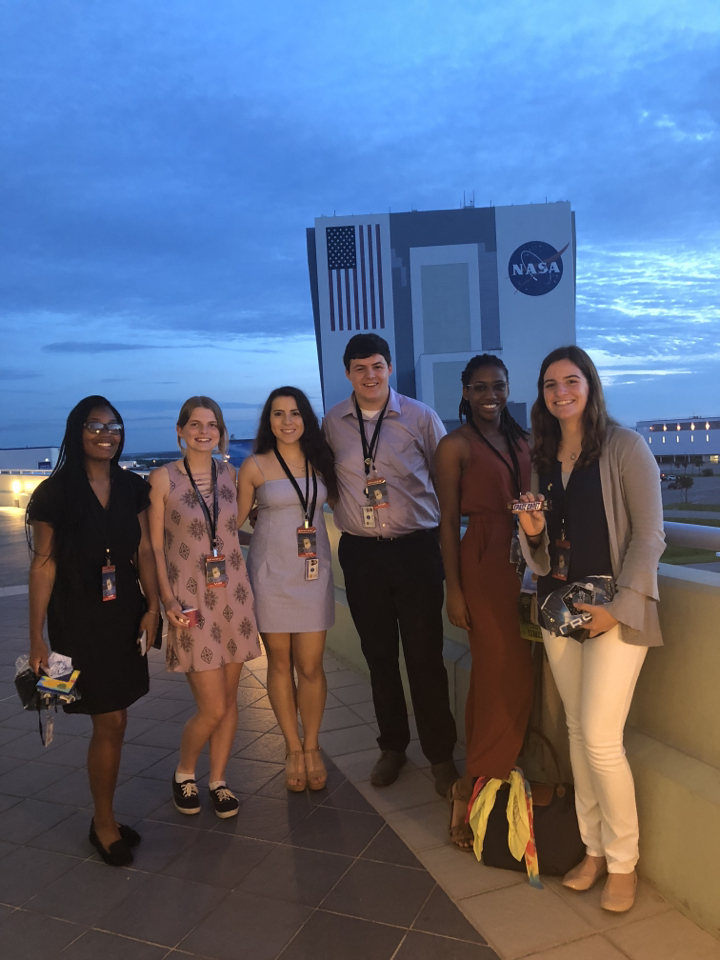
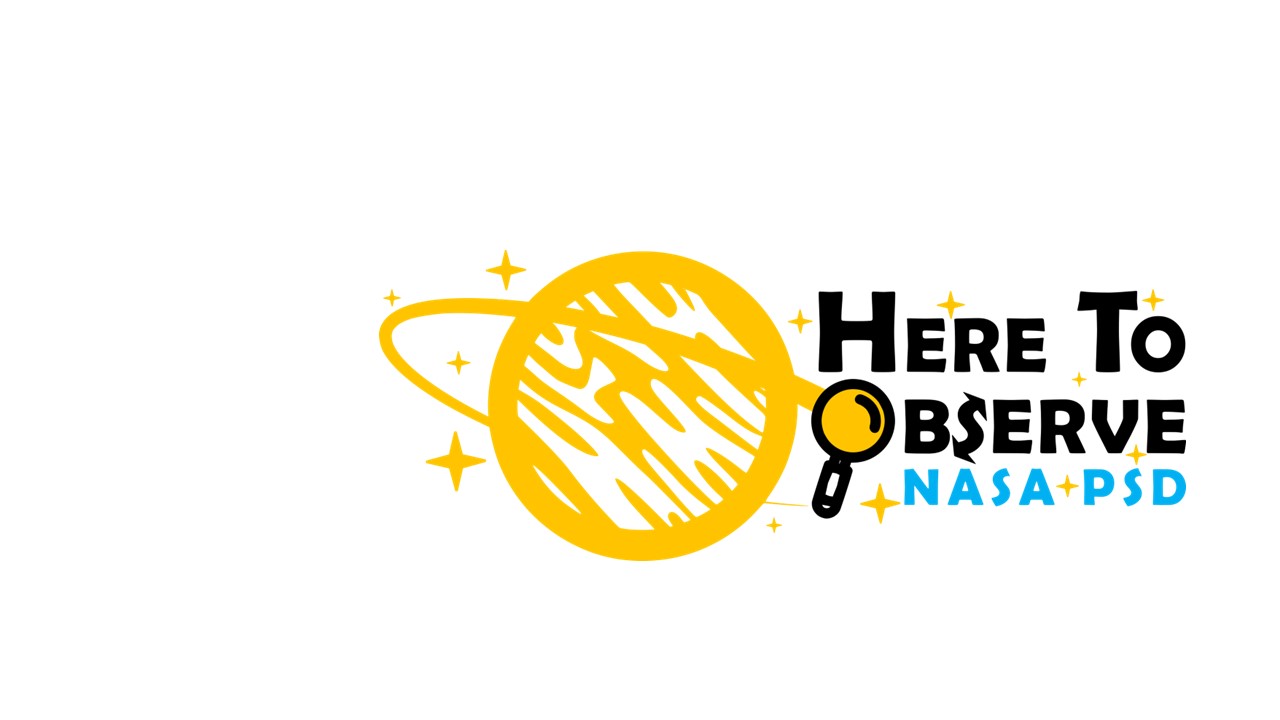
Here to Observe (H2O)
Here to Observe (H2O) offers 5-year awards to competitively selected institutions for programs that give undergraduate students the opportunity to observe and interact with NASA Planetary Science Division teams.

ICONS Internships
The Inspiring Clipper: Opportunities for Next-generation Scientists (ICONS) internships connect the Europa Clipper mission team with undergraduate students for 10-week programs to conduct original scientific research.
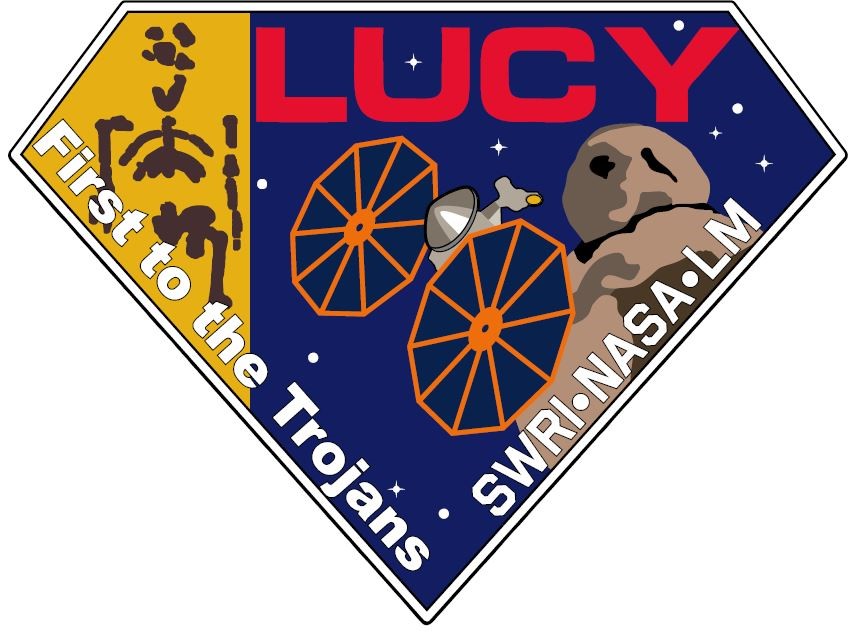
NASA L'SPACE Program
A free, online program for undergraduate STEM students interested in a career with NASA or other space organizations.
NASA's Eyes
Experience Earth and our solar system, the universe and the spacecraft exploring them, with immersive apps for Mac, PC and mobile devices.
Experience Space
Doing Science
Some of the ways to get involved with NASA planetary science.
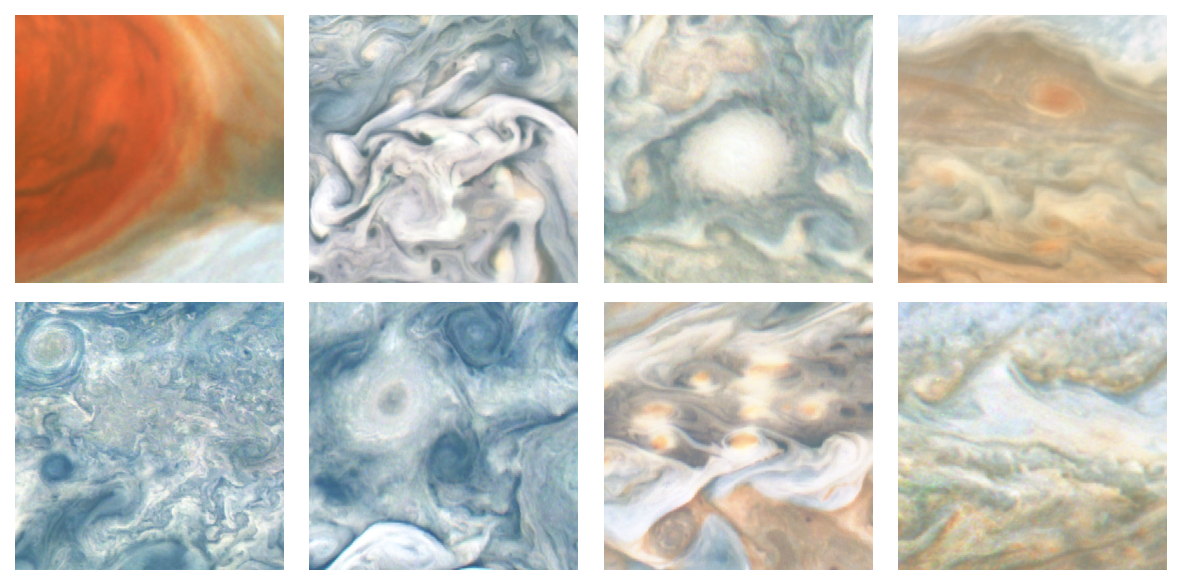
PSD Citizen Science
Opportunities for the public to contribute to professional planetary science.

International Observe the Moon Night
People worldwide learn about lunar science and share their Moon observations in this annual event.
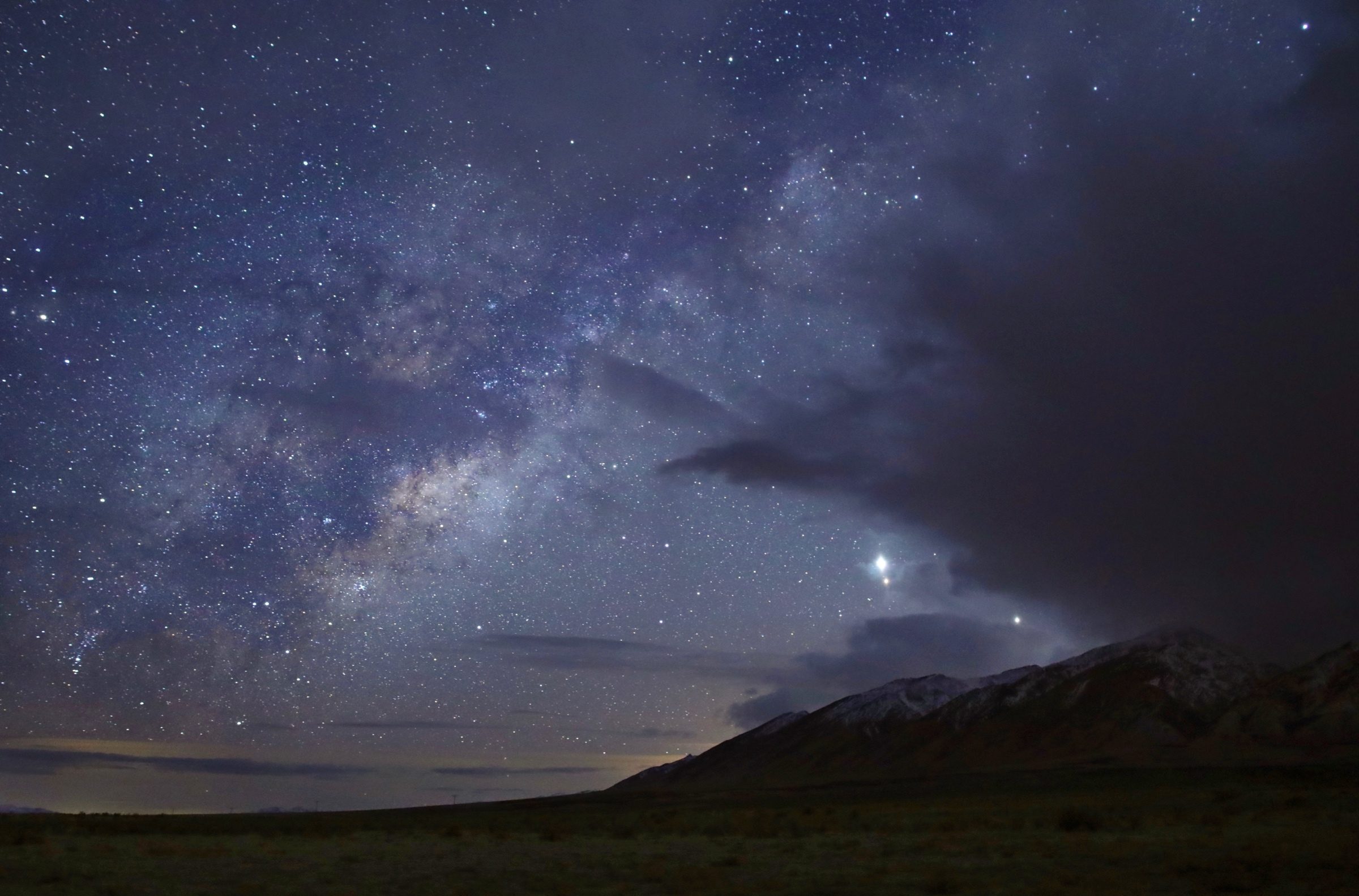
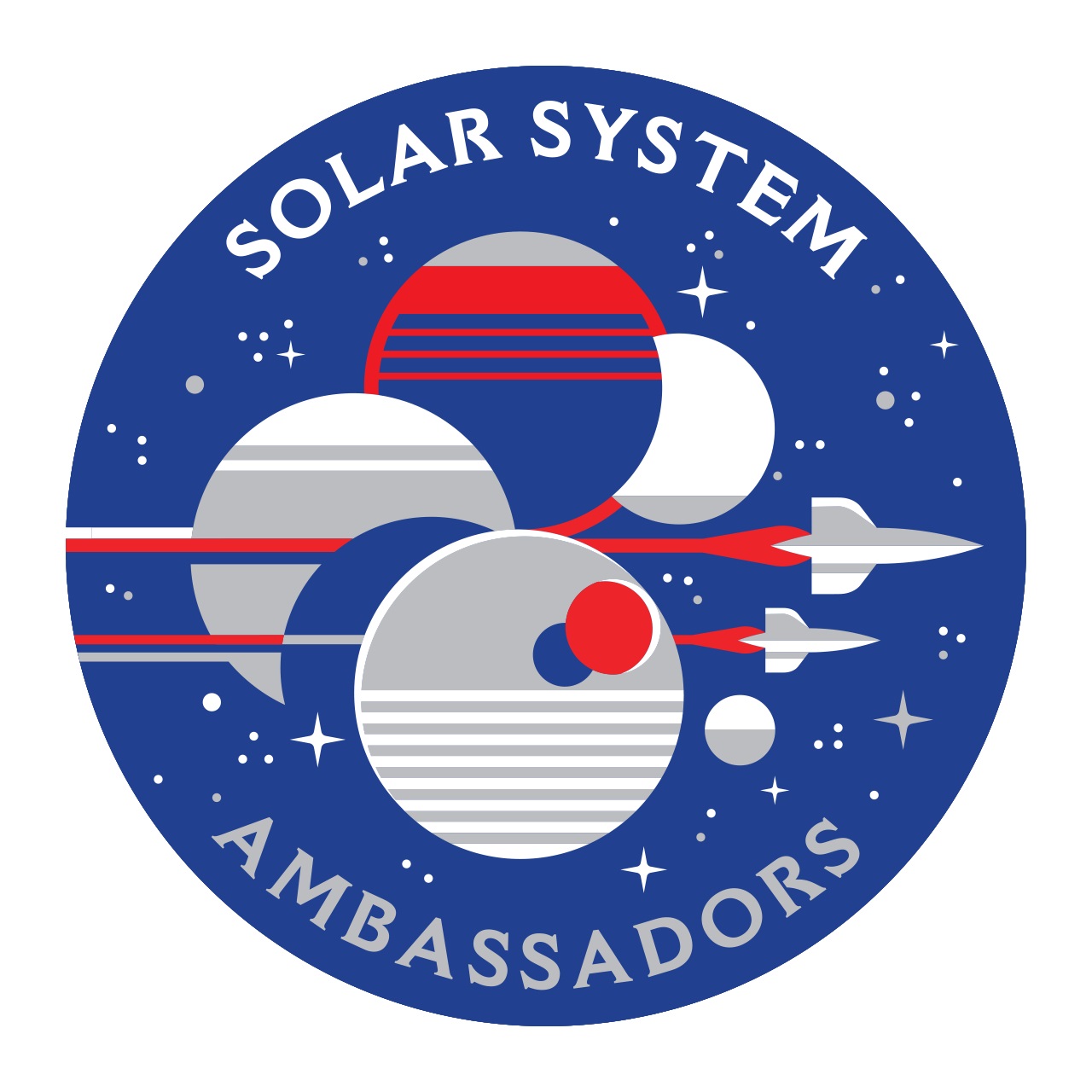
Solar System Ambassadors
Volunteers across the nation share NASA science in their communities.
Downloadables
NASA posters, coloring pages, calendars.
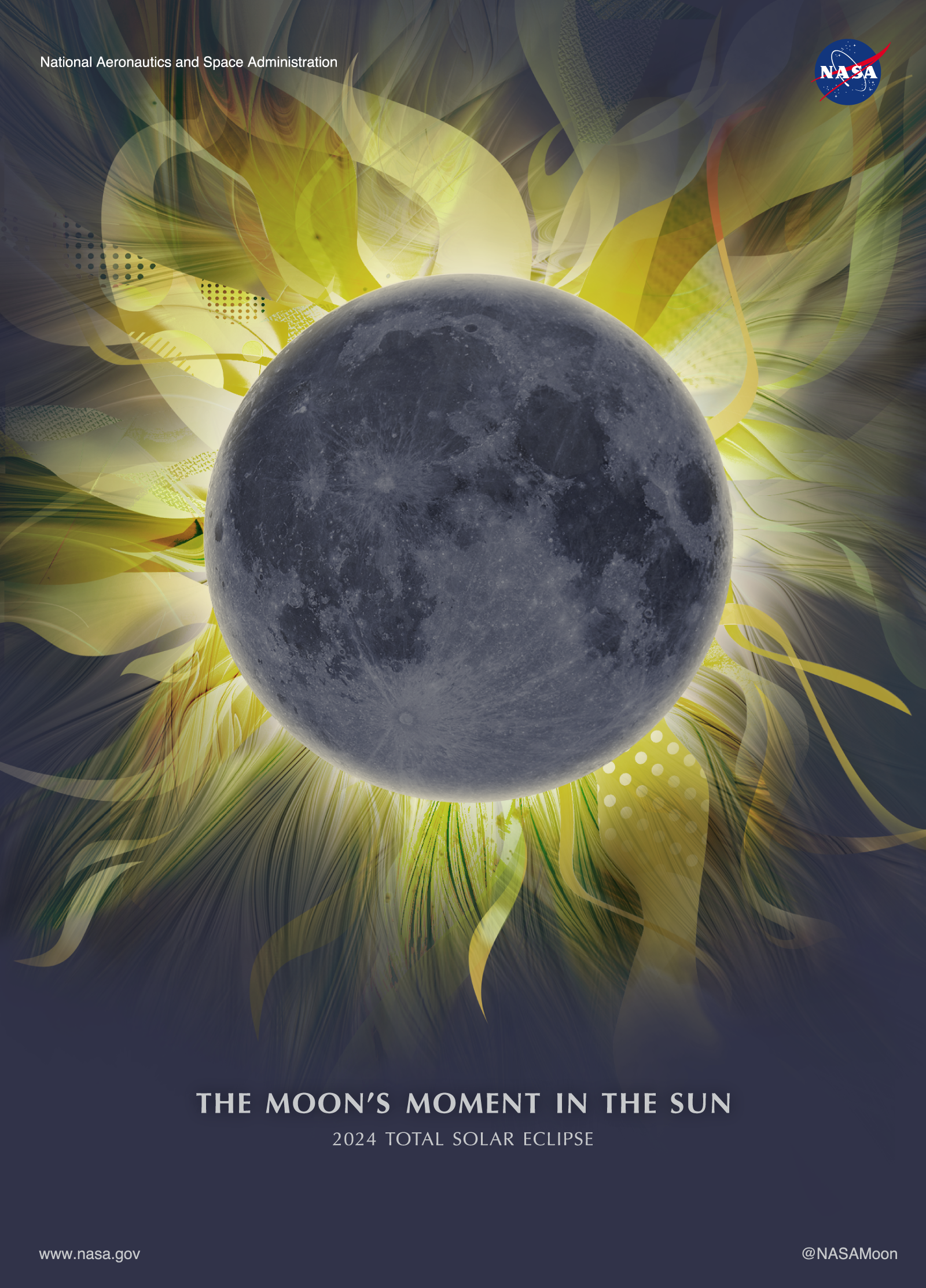
Poster: 2024 Solar Eclipse

Posters: Solar System Worlds
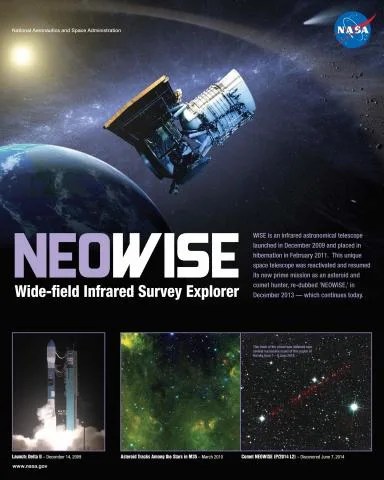
Posters: Solar System Missions

Posters: Mars Missions

Posters: "Visions of the Future"

Astrobiology Graphic Novels

NASA Coloring Pages
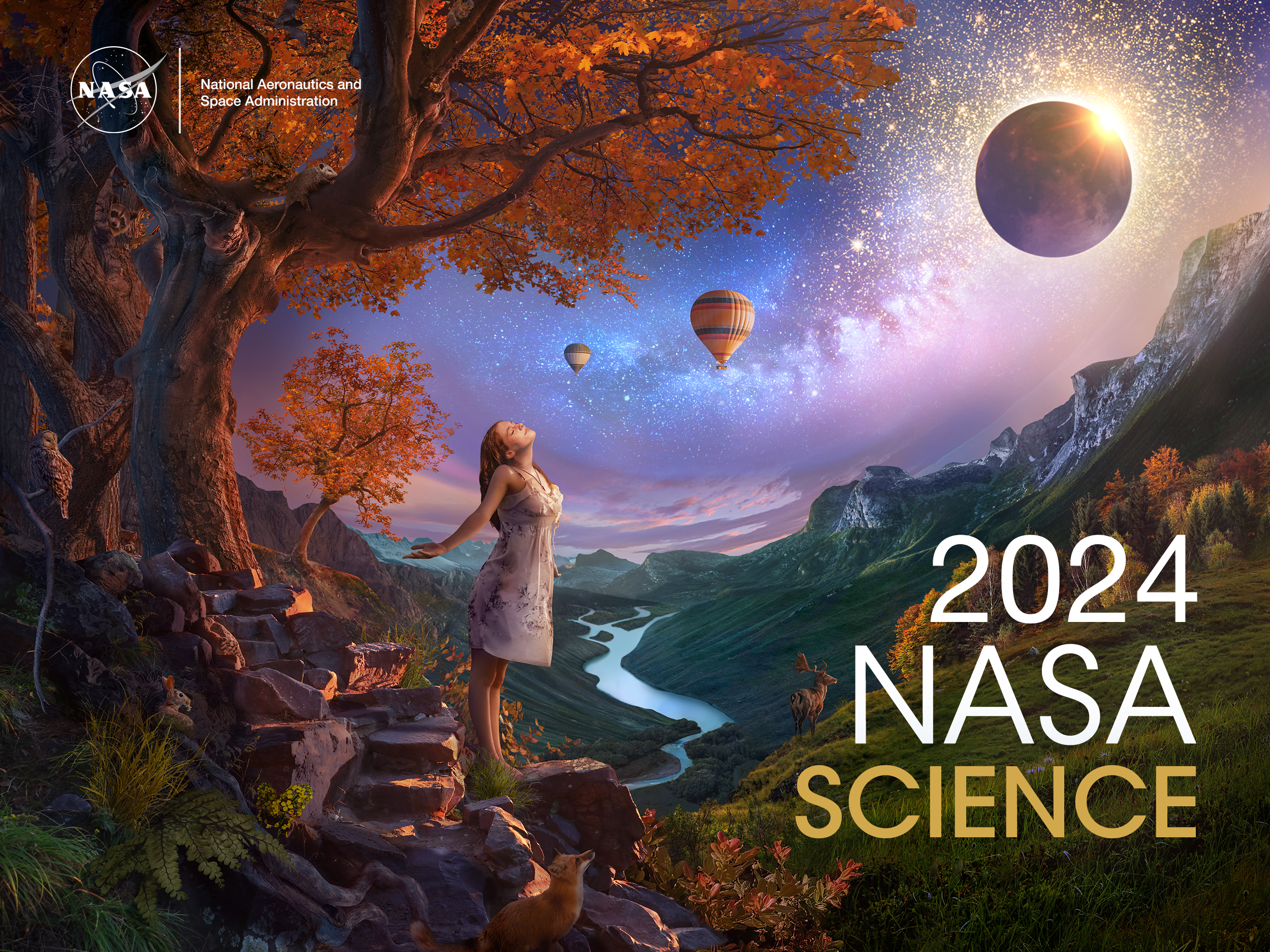
NASA Science Calendars
PSD Strategic Guidance
Documents and reports that help guide Planetary Science Division activities.
Learn More